You can't replace the dollar, but here are 5 alternative assets that are chipping away at the greenback's supremacy
Huileng Tan

- Amid the de-dollarization debate, countries are lining up backup reserve currencies for trade and payments.
- Sanctions against Russia sound a cautionary tale over the power Washington — and the USD — wields.
The dollar isn't going away, but other assets classes are slowly chipping away at its dominance.
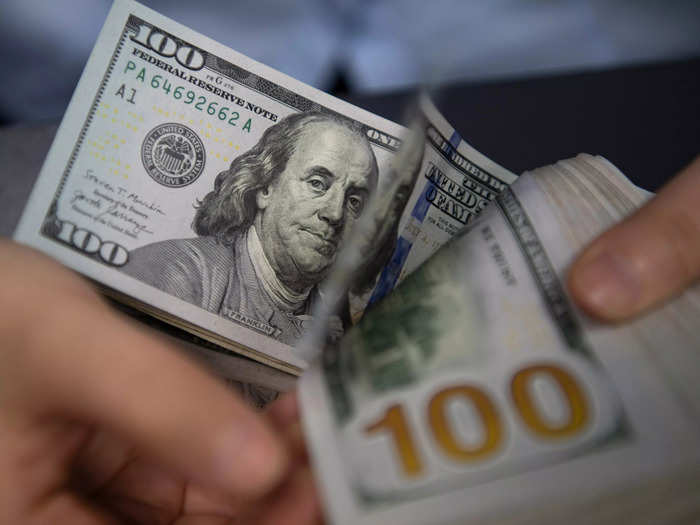
The US dollar has been the world's reserve currency since the second world war, playing a crucial role in the world's trade.
But countries globally are now lining up backup currencies for trade, as sanctions against Russia over its invasion of Ukraine have led to some prominent world leaders and business figures sounding a warning over the power Washington — and the US dollar — wields.
Sanctioned countries like Russia and emerging nations like Argentina have recently started using the Chinese yuan for trade, primarily with China.
Even so, there's no indication the dollar's dominance could fade in the foreseeable future, simply because the currency is such an integral part of the world economy, Insider's Jennifer Sor reported on May 6.
The dollar is by far the world's most dominant reserve currency — meaning a large quantity of a foreign currency held by central banks and major financial institutes for their use from investments to payments.
In 1999, over 70% of the world's foreign exchange reserves were held in the US dollar.
But that percentage has been dropping — the dollar's share in global foreign exchange reserves fell to under 60% in the fourth quarter of 2021, the International Monetary Fund, or IMF, said in a June 2022 blog post.
And despite accounting for the lion's share, or 54%, of global foreign exchange reserves in the fourth quarter of 2022, there has been a decline in the dollar's share of the total foreign reserve pie, per IMF data.
But this doesn't mean America's strategic competitors — like China — wouldn't stop challenging American hegemony. Even alternative currencies like the Swedish krona, the South Korean won, and the Australian and Canadian dollars have been chipping away at the greenback's share.
Read further for five assets that are trying to topple the dollar's dominance.
1. Beijing has big ambitions for the Chinese yuan.
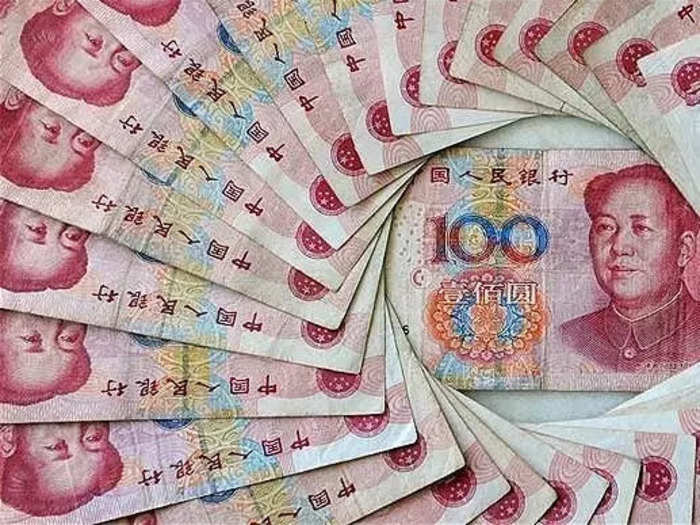
The most high-profile contender to the US dollar is the Chinese yuan — Beijing has been trying to grow international adoption of its currency for years.
In the past year, China's been paying for almost all of its Russian oil imports in its own currency to counter-sanctions against Moscow over the Ukraine war.
"It's clear from the moves China is making, like paying for almost all Russian oil imports in yuan or working with Brazil for yuan-denominated trade, that China does not want its currency to remain domestic," Abishur Prakash, the head of The Geopolitical Business, a Toronto-based advisory firm, told Insider.
After all, having control of a currency the entire world needs amplifies a nation's power, he added.
However, the current discussion surrounding the yuan as a key reserve currency is more about geopolitical tensions and China's economic might than the yuan's actual utility as a reserve currency, Rory Green, the chief China economist at London-based consultancy TS Lombard, wrote in an April 28 note seen by Insider.
"It is important to differentiate between increased international usage of RMB and de-dollarization," Green added. He was referring to the yuan by its official name, the renminbi, or RMB.
Quite simply, the yuan is bound by restrictions – mostly because its value is still managed by Beijing.
In March 2023, the yuan accounted for just 2.3% of global payments via SWIFT, the global financial messaging system used by banks. In contrast, nearly 42% of all payments were made in the US dollar.
2. Gold is making a comeback as a store of value.
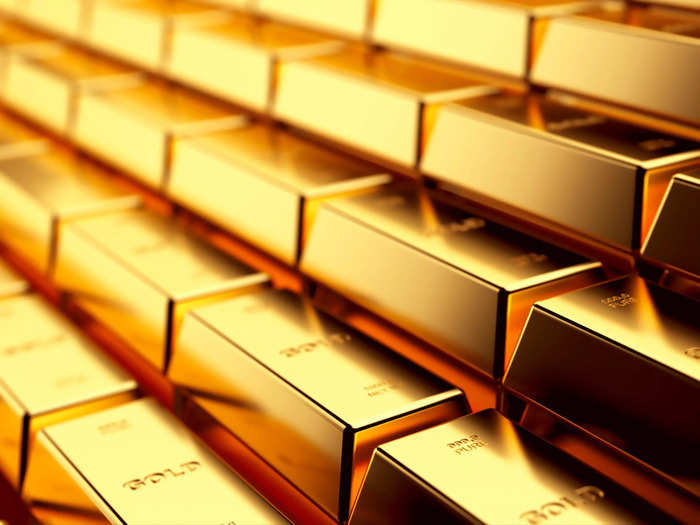
Central banks have been snapping up gold — a traditional store of value — amid the global debate over de-dollarization.
"This geopolitical turmoil is not going away," Karen Karniol-Tambour, the co-CIO of investment management company Bridgewater Associates, said at a conference last Tuesday.
There's "a slow-moving secular support for gold," she said, per Kitco News.
A plunge in the value of some emerging market currencies — such as the Argentine peso — has also spurred these countries to look at alternative assets for their reserves, such as gold.
Just this month, the central bank of Zimbabwe adopted gold to back the first sale of its digital currency, the digital Zimbabwe dollar. The country wants to ease the demand for the greenback following a plunge in its local fiat currency, which was unpegged from the US dollar in 2019.
"The oldest and most traditional of assets, gold, is now a vehicle of central bank revolt against the dollar," Ruchir Sharma, chair of Rockefeller International, wrote in The Financial Times last month.
In the first quarter of 2023, central banks snapped up 228.4 tons of gold that were added to global reserves — a 176% increase from a year ago, per the World Gold Council, an industry organization.
That's on the back of a year of record gold buying by central banks in 2022 as the institutions snapped up 1,136 tons of the yellow metal, the council wrote in a February 2023 report.
3. Digital currencies and crypto are eyeing a slice of the USD pie.
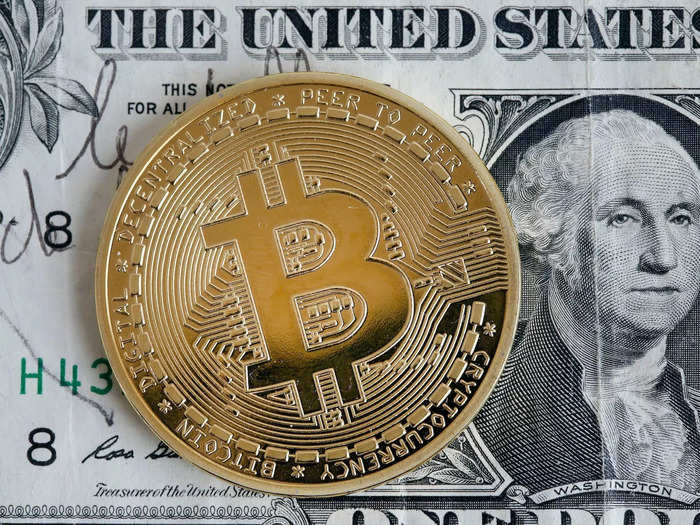
Digital currencies, including cryptocurrencies like Bitcoin, are yet another asset class that's vying for the dollar's position.
China's yuan has been issued in a digital format, which had sparked a de-dollarization debate even back in 2021 when it was still undergoing public testing.
The digital yuan "is a key component of an alternative to the dollar-based order that Beijing is building," Diana Choyleva, the chief economist at Enodo Economics, told Nikkei in August 2021.
Other than geopolitical rivalry, settling cross-border payments in the digital yuan could also be cheaper and easier than a dollar-based system — boosting its usage internationally, Choyleva told the media outlet.
The digital yuan is being rolled out gradually in China, with the eastern city of Changshu starting to pay public employees in the currency recently.
Even Zimbabwe launched its digital Zimbabwe dollar just this month, backed by gold.
Meanwhile, emerging nations El Salvador and Central African Republic have adopted Bitcoin as an official currency. El Salvador even added Bitcoin to its national reserves.
"If this trend takes hold, it can lead to a redistribution of leverage power away from the largest states and their ability to expand their balance sheets at will," wrote Andy Yee, an industry associate at the University College London Centre for Blockchain Technologies, on the University of Hong Kong's Asia Global Institute website on May 11.
4. The euro is already the world's second most commonly held reserve currency.
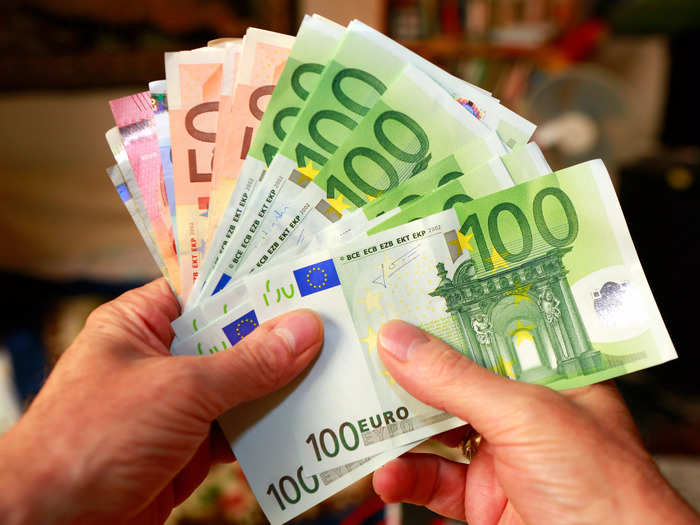
While the European Union and the US are allies, it hasn't stopped the European Commission's ambition to boost the euro's use in international payments and challenge the greenback.
This is evident from a proposal in 2018 to boost the role of the euro after former US President Donald Trump withdrew the US from the Iran nuclear deal unilaterally.
The bloc's aggressive stance has eased since then, but recent comments from major EU economies point to the bloc's tensions and rivalry with its most important ally.
President Emmanuel Macron of France warned against the "extraterritoriality of the US dollar," suggesting in an April interview with Politico that Europe should cut its dependence on the greenback.
But the euro is far from overtaking the dollar as the world's reserve currency.
The single currency accounts for 20% of global foreign exchange and international debt — a far second to the greenback's share of the pie, according to the European Central Bank.
Still, "no other currency has the recognizability, stability and economic might behind it," South Africa-based money manager Vestact said in a note to clients, per Bloomberg on May 10. "The only currency that is vaguely close to being able to replace the dollar is the euro."
5. The emerging BRICS nations are eyeing a common currency.
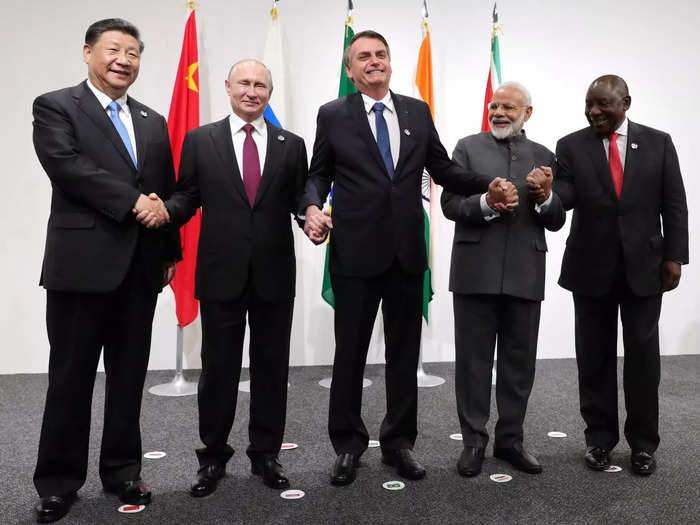
A group of emerging countries comprising Brazil, Russia, India, China, and South Africa called "BRICS" has also pushed for a common currency.
While the idea was floated by Russian President Vladimir Putin as early as June 2022, the concept started gaining traction again recently amid the debate over de-dollarization.
"Why can't we do trade based on our own currencies?" Brazil President Luiz Inácio Lula da Silva said during an April state visit to China, per The Financial Times.
"Who was it that decided that the dollar was the currency after the disappearance of the gold standard?" he added.
The BRICS group will discuss the common currency "properly" at an August meeting of the bloc's leaders in Johannesburg, Naledi Pando, South Africa's international relations and cooperation minister told Bloomberg in an interview on May 9.
It isn't quite clear what the BRICs nations envision for their common currency, but it could be a rival to the US-dominated IMF's Special Drawing Rights, or SDR, which is an international reserve asset based on a basket of five currencies: the US dollar, the euro, the Chinese yuan, the Japanese yen, and the British pound sterling, per the IMF.
A common BRICS currency would help boost the geopolitical clout of the group of major emerging nations.
"Why would the BRICS countries need an SDR-like basket currency? One can only think this is a move to address the perceived US-hegemony of the IMF and will allow BRICS to build their own sphere of influence and unit of currency within that sphere," Chris Turner, the global markets head at Dutch bank ING wrote in a June 2022 note.
Popular Right Now
Popular Keywords
Advertisement